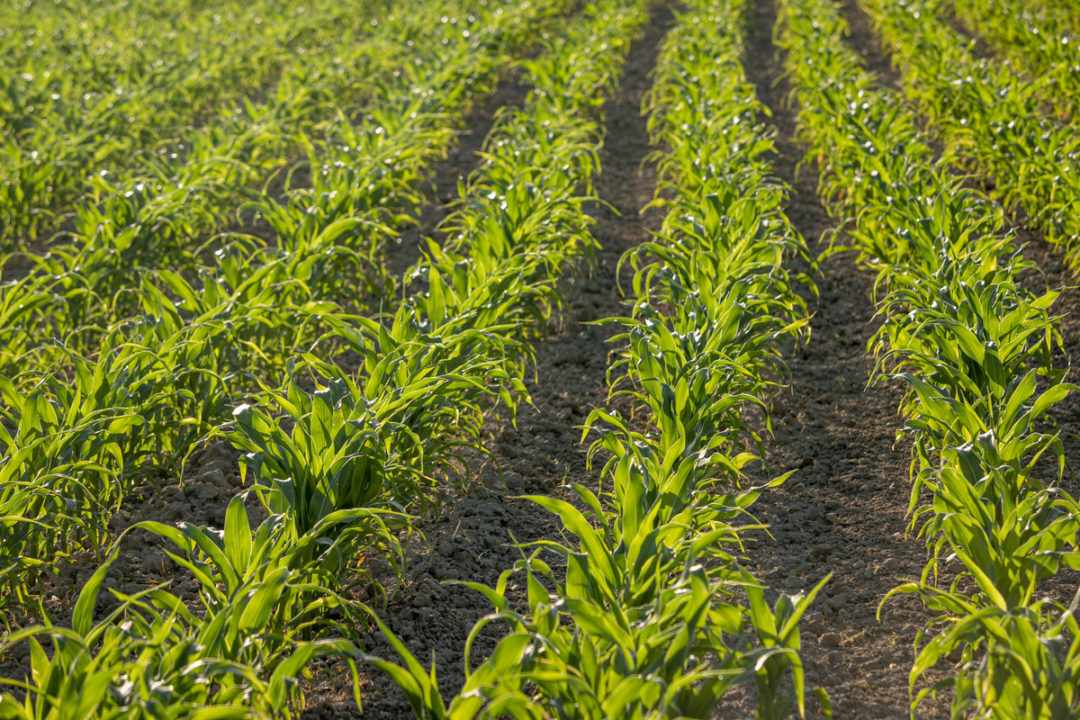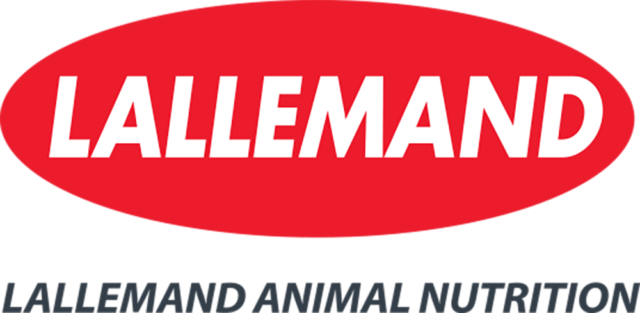Having attended several meetings put on by seed companies for dairy farmers, I am struck by the focus that farmers pay to the digestibility of the corn silage hybrids they purchase. Dairy producers who have switched to brown midrib (BMR) corn to take advantage of the increased neutral detergent fiber (NDF) digestibility over conventional corn silage become believers because, as one dairy producer put it, growing BMR can be challenging, but the cows really like it in the bulk tank.
The advantage that BMR corn has is NDF digestibility which shows up as increased dry matter intake (DMI) and additional milk production. Dr. Mike Allen’s research group at Michigan State University (MSU) showed back in the late 1990s that for every 1-percentage-unit increase in NDF digestibility, a cow would consume approximately 0.4 pound more DMI and produce 0.6 pound more milk per day. At today’s feed and milk prices, that 1-percentage-unit change equates to approximately 5 cents per cow per day in income over feed cost (IOFC).
What many dairy farmers do not know is the many other factors that affect NDF digestibility outside of the hybrids they choose to plant and harvest. There are both dietary and non-dietary factors that can either negatively or positively impact fiber digestion. For the sake of space and time in this article, we will only discuss some of the diet-related factors.
First, let’s go over some basic terminology related to fiber digestion. Acid detergent fiber (ADF) and NDF are the two main measures of fiber in dairy cow diets. ADF is made up of cellulose and lignin, cellulose being the structural girder in plant structure while lignin is like the mortar between the glucose units in cellulose. NDF is composed of cellulose, lignin and hemicellulose. In the rumen, the lignin in forage is considered indigestible; cellulose has a low digestibility and hemicellulose has a moderate level of digestibility. The analogy for comparison of ADF and NDF is like looking at a cross-section of a hardwood tree. The ADF is like measuring the heartwood, the hardened wood in the center of the cross-section, while NDF is like measuring both the heartwood and the sapwood, which is softer and surrounds the heartwood in the cross-section.
Rumen pH – fiber and farm management factors
Our first factor to consider is rumen pH, which is a measure of acidity in the rumen. There is a linear negative relationship between mean rumen pH and NDF digestibility, meaning that as pH decreases, NDF digestion decreases at the same rate. And, as a goal, we like to see mean rumen pH stay above 6.0 for optimal fiber digestion.
From a dietary standpoint, as we lower NDF levels and increase starch levels, we drive down rumen pH. The challenge with today’s lactating dairy cow diets is balancing fiber and starch levels to provide enough energy for high milk production.
Aside from the fiber level of the diet, there are several farm-level management factors that can help stabilize rumen pH, including ensuring that total mixed ration (TMR) mixing and delivery does not compromise feed particle size, providing fresh feed two times per day minimum with multiple feed push-ups throughout the day and night, and preventing empty bunk situations. All these factors affect and stabilize meal pattern and cud chewing, which in turn support a more stable rumen pH.
Growth factors for fiber-digesting bacteria
The second area to consider is microbial growth factors for fiber-digesting bacteria in the rumen. The major fiber-digesting bacterial species in the rumen require ammonia (NH3) and isoacids for growth. Isoacids are the leftover carbon skeletons from bacterial deamination of amino acids. A breadth of research suggests maintaining rumen NH3 above 5 milligrams per deciliter and providing 60%-65% of the dietary protein as rumen-degradable protein to maintain adequate isoacid levels will optimize both ADF and NDF digestion.
Nutritionally, providing a small amount (0.5-1 ounce per head per day) of urea and utilizing rumen-degradable protein sources, such as soybean meal or canola meal, in the diet should provide sufficient ammonia and isoacids to optimize NDF digestion.
Antagonistic factors
Over the past decade, as we have fine-tuned rations for improved cow health and production, we have come to realize that there are antagonistic factors that can impact NDF digestion in the rumen. Only two of the multitude of factors are discussed in this article: free metal ions and wild spoilage yeasts.
Free metal ions come from the dissolving of sulfate trace minerals in an aqueous (i.e., water) environment, such as the moist TMR or the rumen itself. The free metal ions of concern are copper (Cu), zinc (Zn), and manganese (Mn) from copper sulfate (CuSO4), zinc sulfate (ZnSO4) and manganese sulfate (MnSO4), respectively.
The fiber-digesting bacteria in the rumen are highly sensitive to the presence of these free metal ions, even at the low levels supplemented in lactating cow diets. A recent meta-analysis from researchers at MSU showed that replacing sulfate trace minerals with hydroxy trace minerals improved NDF digestion by an average of almost 2 percentage units and up to 4.5 percentage units, depending on the source and quality of the NDF.
Given the values presented earlier in this article, feeding sulfate trace minerals could cost a farmer up to 2 or more pounds of milk per cow per day in the bulk tank. The simplest way to gain NDF digestion in the rumen is to eliminate sulfate trace mineral sources from the diet and replace them with an improved trace mineral source.
The occurrence of wild spoilage yeasts in dairy rations received attention as researchers examined the causes of milkfat depression (MFD). Wild spoilage yeasts are naturally occurring yeasts found on all forages that survive the ensiling process, and then, when exposed to oxygen at feedout, begin growing again, causing heating and spoilage in silage and TMRs. The research group led by Dr. Limin Kung Jr. at the University of Delaware was able to show that even a moderate level (2.5 million colony-forming units per gram of TMR) can significantly reduce NDF digestion in the first 12 hours of exposure.
Wild spoilage yeasts cannot be eliminated from silages, but they can be controlled through good management practices, such as ensiling at the proper moisture, packing at a high density, maintaining proper feedout rates and managing the silage face in the bunker silo. Additionally, using an inoculant or additive designed to minimize yeast growth can provide some degree of control during feedout.
So, when considering what corn silage hybrids to purchase, remember that other factors can limit NDF digestion in the rumen. These factors include rumen pH, growth factors for fiber-digesting bacteria and antagonistic factors. Most of these factors can be controlled through good management practices and proper nutritional formulation, but some, such as free metal ions, require changing sources of trace minerals in the diet. With the high value of NDF digestibility in today’s dairy diets, all opportunities to improve fiber digestion in the rumen should be evaluated.
References omitted but are available upon request by sending an email to the editor.







